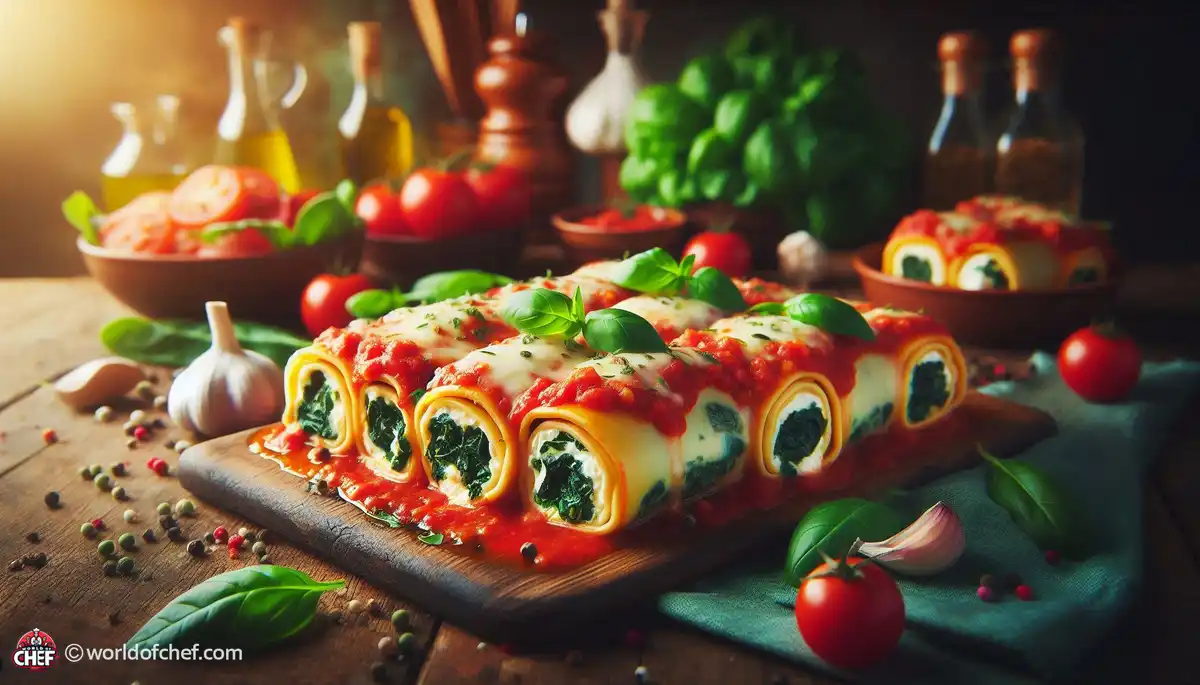
Easy Slow Cooker Chili Recipes for Busy Weeknights
Alexander Kuhns - Oct 16, 2024 - 15 min read


Spaghetti and meatballs, the quintessential Italian-American dish, is a dish of great history and fascination. Though all over Italy, its origins can be traced to both an Italian and American influence. Today's dish originated when Italian immigrants adapted their traditional recipes to America's ingredients. Meatballs were served as a single dish in Italy or with another pasta, but the union of spaghetti and meatballs became a common staple in Italian-American houses.
The creation of spaghetti and meatballs attests to the ingenuity of immigrant cooks who took what they had and made the best of it. Since meat was a costly commodity for most Italian early 20th-century immigrants, they stretched it by grinding the breadcrumbs and herbs plus spices with it to provide some flavorings for these great meatballs. Likewise, cheap spaghetti, widely available was just a great pasta in complementing these filling balls. From the union of compulsion and creativity lies a culinary piece that made the passage of time no harm at all.
The spaghetti and meatballs, once a family dish, has evolved into comfort food for people all over the world. The basic ingredients remain the same: spaghetti, meatballs, and tomato sauce. However, the variations and regional interpretations are endless. Some add garlic, onions, and Parmesan cheese to the meatball mixture for extra flavor, while others experiment with different types of meat or pasta. Despite all these differences, at the core of the dish is a constant: comforting savory meatballs snuggled into al dente spaghetti, slipped beneath tangy tomato sauce.
At the very heart of every great meatball, well, there's the meat. Traditionally made up of ground beef, pork, and veal, the selected type of meat will contribute a lot to the flavor as well as the texture of the end result. Beef will impart that rich and deep flavors in the dish, the addition of pork will give more moisture and tenderness in the final product while that little bit of veal provides a delicate sweetness to it. The versatility of meatball recipes is something that has always been so that it can easily be adapted based on personal preference or the given dietary restrictions.
Meatballs also contain the binder, the glue that will hold everything in place. Binders include breadcrumbs, eggs, and grated cheese. All these are used to add moisture and structure to the meat mixture. Breadcrumbs also absorb excess moisture in the meat, so it does not become too dense or dry. For a gluten-free version, breadcrumbs can be substituted with almond flour or crushed gluten-free crackers, so everyone can enjoy this comforting classic.
But amazing is the versatility of meatballs, where endless flavorings and seasonings are possible. From the basil, oregano, and parsley of the Italian classics, garlic and onions add to the rich savoury depth of flavour. Sometimes the recipes call for additional ingredients to be added. These are such things as Worcestershire sauce, soy sauce, or even a splash of red wine to give added depth of flavor. Of course, bottom line, you'll strike the perfect balance of seasonings to complement the richness of the meat but without overpowering it.
But the crowning glory of a plate of spaghetti and meatballs has to be a delicious tomato sauce. At its base, tomato sauce starts with good ripe, flavorful tomatoes- either fresh or canned depending on your preference and seasonality. San Marzano is the favorite among chefs due to their sweet, bright flavor, and low acidity. Still, any good plum tomatoes will do.
To deepen the flavor of the sauce, you can also cook aromatics such as onions, garlic, and herbs in olive oil until they are fragrant and golden brown. This step adds depth and complexity to the sauce but, more importantly, infuses it with layers of goodness. Fresh basil, oregano, and thyme are classic choices for Italian-style tomato sauce, but you're free to experiment with your favorites to make it taste perfect.
The secret to a rich and flavorful tomato sauce is the long simmering on a low flame so the flavors will intertwine beautifully and the sauce thicken. This slow-cooked process allows tomatoes to break down and dislodge their inherent sweetness, giving a smooth, velvety sauce that clings beautifully to the strands of spaghetti. Here, patience is of the essence; it might be tempting to rush through the process, but a well-simmered sauce is worth all the waiting.

Alexander Kuhns - Oct 16, 2024 - 15 min read

Brad Damian - Oct 16, 2024 - 11 min read

Craig Ackley - Oct 15, 2024 - 6 min read

Samantha Thames - Oct 15, 2024 - 12 min read